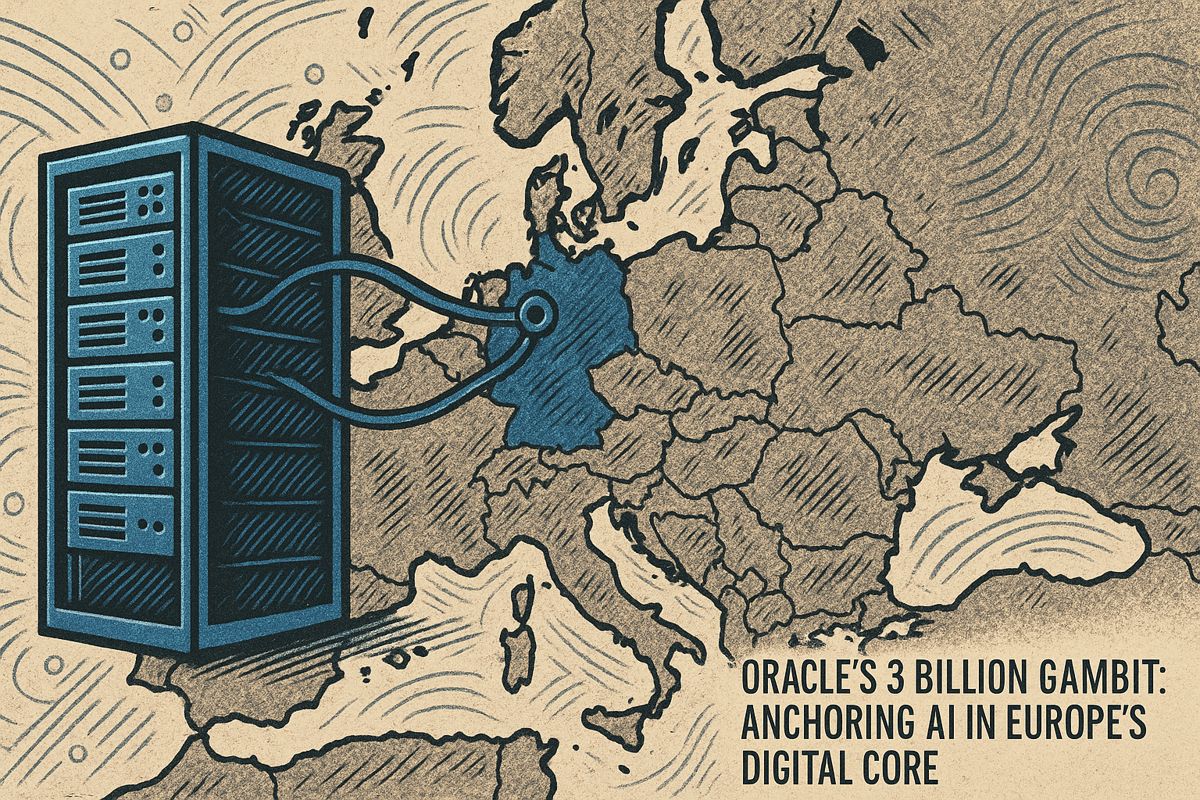Claude Code is a powerful AI tool that helps software teams turn plans into real working code in just a few hours. It combines tasks, code history, and live coding into one smart system, cutting boring work by more than half. Teams just write what they want to build, and Claude Code creates plans, draws diagrams, writes code, and updates documents automatically. It keeps everything safe and lets humans approve important steps, so coding is faster but still careful. Many big companies are using it to build and launch software much quicker than before.
How does Claude Code accelerate enterprise software delivery?
Claude Code enables teams to turn software plans into production code in just hours by combining roadmap tasks, git history, and live code into a unified AI-powered workflow. This system cuts sprint overhead by 60%, automates documentation, and maintains robust security and compliance controls.
How Claude Code is Turning Mid-2025 Product Plans into Production Software in Hours
In August 2025, teams using Anthropic’s Claude Code Project Management System are moving tasks from a markdown roadmap to merged pull-requests in under four hours on average, shaving 60 % off traditional sprint planning overhead according to internal telemetry at companies such as cubic and Rakuten [5,5].
The difference is not a better stand-up – it’s an entirely new agentic workflow that treats product specs, git history and live code as a single, 200 000-token context brain shared by humans and AI agents.
From Roadmap.md to “Done” Without Jira Tickets
-
Plan Mode – a one-command depth-first analysis
claude code --plan "add multi-tenant auth"
spins up a strategic Plan Mode that returns:
– an architecture diagram (PNG artifact)
– a task tree of 14 sub-issues
– estimated LOCs and risk tags, all inserted as GitHub check-lists [3]. -
Parallel agent lanes
While the senior dev reviews the plan, two AI agents already:
– create the migration file
– scaffold tests in parallel branches
The human only approves beforeclaude code commit. -
Auto-updating documentation
Finished items are ticked in *ROADMAP.md * automatically; no human edits wikis [2].
Result: teams at *Zapier * report the living roadmap remains the only artifact they maintain, cutting confluence page count by 72 % [5].
Context Window That Swallows a Monorepo
| Metric | Claude Code 2025 | GitHub Copilot Workspace |
|---|---|---|
| Max context tokens | 200 k | 128 k |
| Cross-project refactoring | Yes | No |
| Terminal git integration | Native CLI | Web UI only |
| Self-healing test generation | Yes | Partial |
Source: real-world bench at sideTool comparisons [1].
Enterprise Adoption Snapshot (August 2025)
| Company | Use Case | Reported Gain |
|---|---|---|
| Grafana | Multi-agent observability tools | 55 % faster MTTR [5] |
| cubic | End-to-end flow automation | 60× speed claim [5] |
| Rakuten | Onboarding junior devs | 40 % reduction in ramp-up time [5] |
Adoption is still skewed: startups 32.9 %, enterprise 23.8 % of AI-coding traffic, but the gap is closing each quarter [2].
Security & Compliance Out of the Box
- HIPAA & SOC-2 controls baked into the CLI; no data leaves the VPC when run via AWS Bedrock or Google Vertex AI [1].
- Every AI-generated diff must pass explicit human
approvebefore commit, keeping blame maps human-readable [7].
Looking Ahead: 2026 Roadmap Hints
- hold multi-hour execution threads
- self-schedule refactors based on runtime telemetry
- pair with external agents (e.g., Grafana anomaly bots) via open APIs [3].
Early beta access is already gated behind Claude Max plans.
TL;DR for Busy CTOs
- Drop manual ticket grooming – the markdown file is the sprint board.
- A 200 k-token brain keeps context, so re-explaining business logic is history.
- Security and approvals stay human, but the boring parts vanish.
Try it today:
npm install -g @anthropic/claude-code
claude code --init
Sources: all facts pulled from official Anthropic case studies [1][5], peer benchmarks [1], and keynote transcripts [3].
How does Claude Code transform a product plan into working software in hours?
Claude Code does it by treating every ROADMAP.md as a living project graph. As soon as you commit a high-level plan, the system breaks it into automatically tracked tasks that move themselves to “done” as code is written, tests pass and commits land. The 200 000-token context window means Claude sees the entire codebase at once, so refactors across 40 files happen in a single atomic pull request without human orchestration.
Teams at Grafana and Rakuten have reported cutting release cycles from weeks to hours using this parallel-agent workflow [Anthropic customers page, July 2025].
What roles do human engineers and AI agents play inside the same project?
Humans set strategic direction and high-level requirements; AI agents handle tactical execution like code review, test generation and even mid-sprint replanning. Think of it as pair programming at enterprise scale: the human is the senior architect, the Claude agents are the junior developers that never sleep. All changes still require explicit human approval before merging, keeping safety and compliance intact.
How is Claude Code different from other AI coding assistants?
Most tools suggest the next line; Claude Code rewrites the whole feature. Key differentiators:
- Agentic coding – it spawns multiple AI agents that work in parallel on testing, documentation and deployment.
- Massive context – 200 k tokens let it refactor across dozens of files in one shot, something Copilot or ChatGPT cannot do today.
- Living roadmap – tasks auto-update as code changes, eliminating stand-up status theatre.
Early adopters like cubic cite 60× faster shipping, while open-source alternatives still require heavy human coordination [OpenAlternative.co comparison, March 2025].
What integrations and safeguards exist for enterprise environments?
Security first: Claude Code ships with SOC-2 controls, HIPAA shields, and enterprise SSO out of the box. It plugs directly into GitHub Actions, Jira, Jenkins and VS Code, so no workflow rewrites are needed. Every AI-generated diff is gated by human review – Anthropic calls it “human-in-the-loop at commit time” – satisfying most compliance checklists.
What is on the roadmap for Claude Code beyond 2025?
Look for fully autonomous project agents in 2026 that can open, triage and close issues end-to-end. Anthropic’s keynote in May 2025 previewed natural-language-to-production pipelines where entire micro-services are spun up from a one-sentence spec while the human focuses on architecture reviews. By 2027, analysts forecast 80 % of code will be AI-written, shifting developers from typing to supervising [DigitalApplied forecast, June 2025].



















